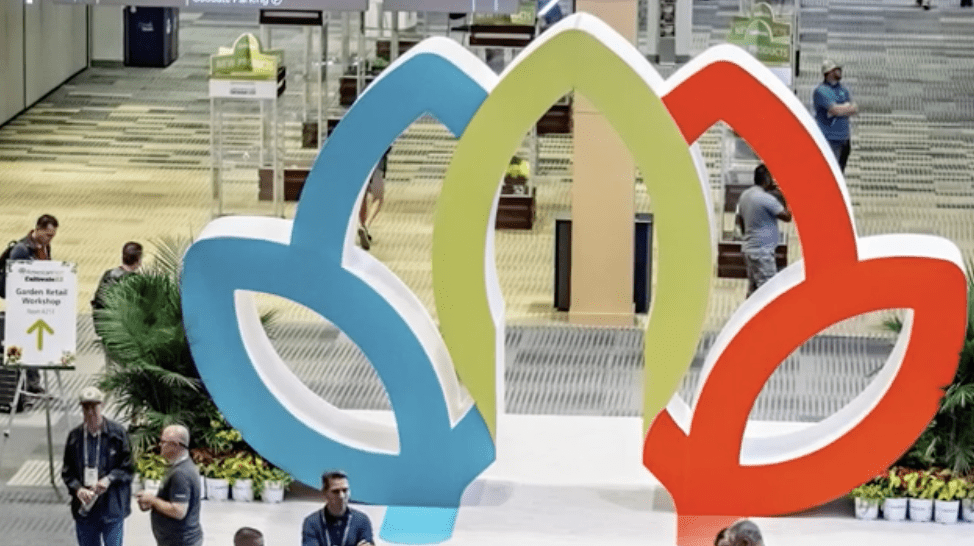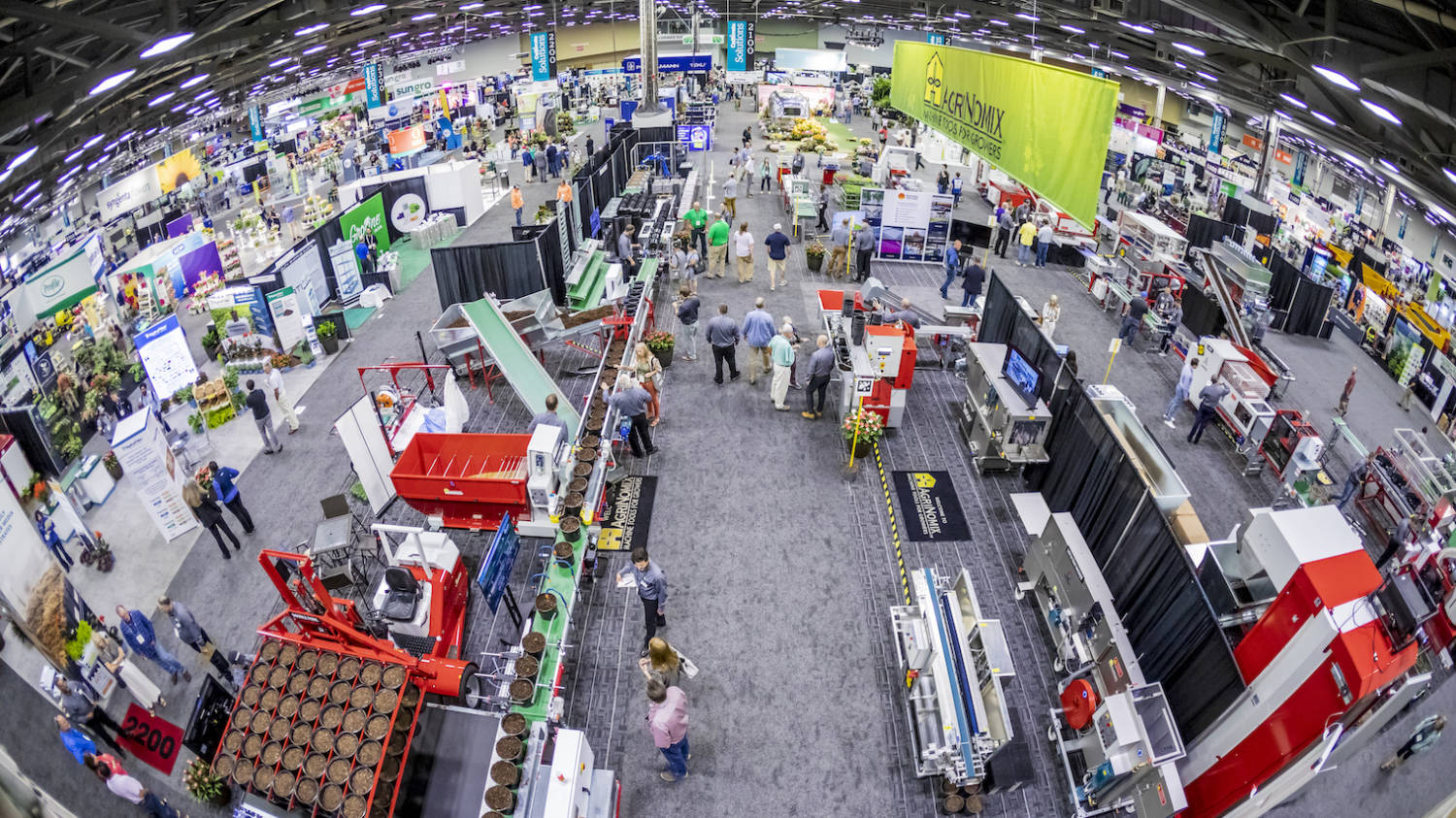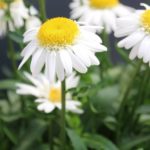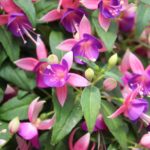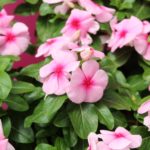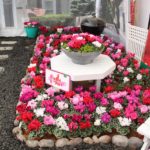The Impact of DLI, Light Quality and Photoperiod on Bedding Plant Flowering Response
Successful scheduling of annual bedding plants for specific market dates requires an understanding of how plants respond to temperature, light intensity and quality and photoperiod. In this article we will focus on daily light integral (DLI), light quality and photoperiod.
Most floriculture crops can be classified into one of three groups based on their flowering response to photoperiod such as: 1) day-neutral plants, 2) short-day (SD) plants (SDP), or 3) long-day (LD) plants (LDP).
Short-day plants are those that only flower or flower more rapidly when the day length is short and the period of darkness is long. Long-day plants are those that only flower or flower more rapidly when the day length is long and the period of darkness is short.
Therefore, growers can manipulate the photoperiod based on the flowering response they desire. To inhibit flowering of SDP, red (R) light is most effective. To promote flowering of LDPs, R+ far-red (FR) light is the most effective. Artificial LDs can be created with day extension (DE) or night interruption (NI) photoperiodic lighting from electric lamps. Lamps providing a photosynthetic photon flux (PPF) of ≈1 to 2 μmol·m-²·s-¹ above the crop can elicit photoperiodic responses.

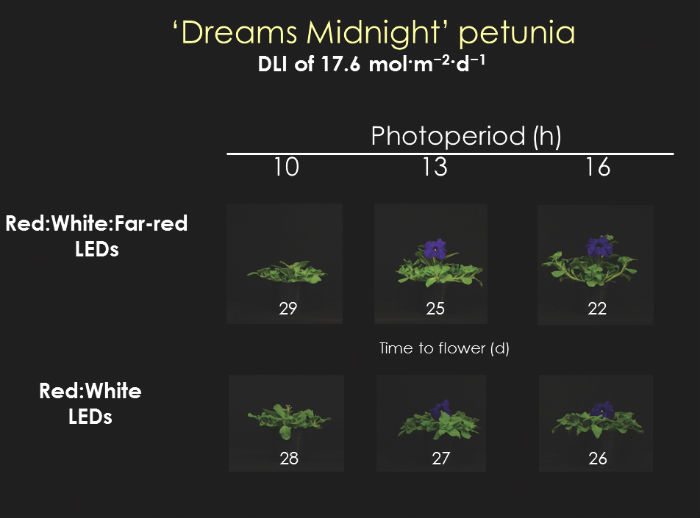
Until recently, incandescent lamps (INC) were the most commonly used lamps to provide DE or NI lighting, but have been phased out of production due to their low energy efficiency. Compact fluorescent lamps (CFL) are more energy-efficient than INC, but their light spectrum may not effectively control flowering of some LDPs because they emit little FR light. Alternatively, screw-in light-emitting diode (LED) lamps are commercially available for DE and NI photoperiodic lighting in greenhouses.
Previously, researchers at Michigan State University (MSU) quantified the flowering responses of multiple annual bedding plant species under NI lighting from LED lamps with R + white (W) or R+W+FR diodes. In this study, our objective was to quantify if flowering responses of LDPs and SDPs differed under DE lighting from LED lamps providing R+W or R+W+FR light under low and high DLIs.
How the Study Was Conducted
Plugs of ‘Oh Snap Pink’ snapdragon, ‘Dreams Midnight’ petunia and ‘Moonsong Deep Orange’ African marigold were transplanted into 41⁄2- inch pots filled with a commercial peat-based soilless substrate. Plants were grown in a glass-glazed greenhouse with a day/night temperature set point of 68/65o F.
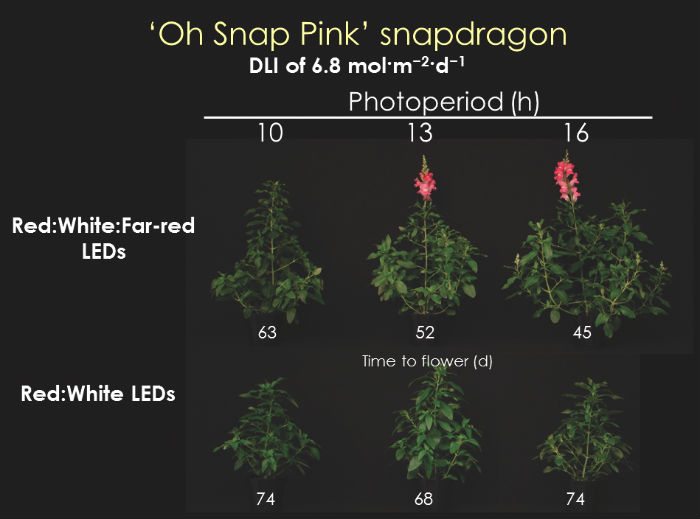
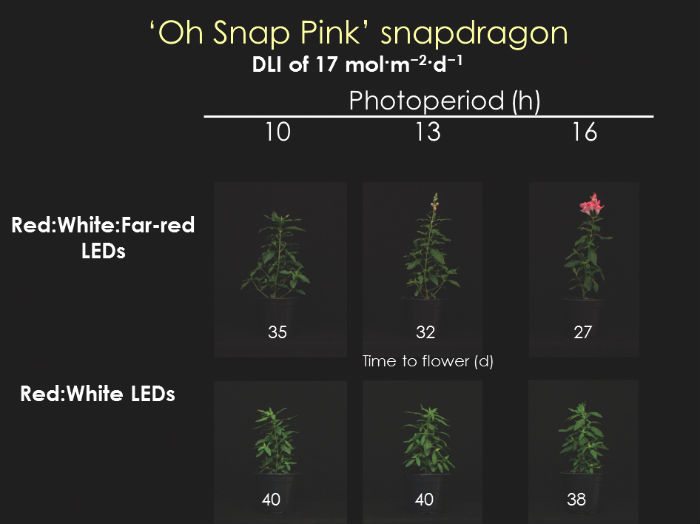
Each day, blackout curtains were retracted at 8 a.m. and closed at 5 p.m. to create a truncated nine- hour photoperiod consisting of natural day lengths with supplemental lighting from HPS lamps that delivered a supplemental PPF of approximately 70 μmol·m–²·s–¹ at plant height. During the winter and summer experiments, we were able to achieve a DLI of 5.9 to 8.4 mol·m– ²·d–¹ and 17.0 to 17.6 mol·m–²·d–¹, respectively. Two commercially available low-intensity LED lamps (GreenPower LED flowering 14 W lamps; Philips) that contained R+W+FR or R+W diodes were used to extend the photoperiod by one (10-hour photoperiod), four (13- hour photoperiod), or seven (16- hour photoperiod) hour(s).
Plants were monitored daily and the date of first open flower was recorded when the first flower was fully reflexed.
Flowering Results
Under low DLIs of 6 to 8 mol·m– ²·d–¹, such as those experienced in northern latitudes, we determined that flowering of LDPs such as petunia (Figure 1) and snapdragon (Figure 3) was hastened under a 16-hour photoperiod from LED lamps providing R+W+FR light. For example, petunia and snapdragon flowered 32 and 45 days, respectively, after transplant under R+W+FR lamps (Figure 1 and 3). Under a high DLI of ≥17 mol·m–²·d–¹ flowering of petunia (Figure 2) and snapdragon (Figure 4) occurred after only 22 and 27 days.
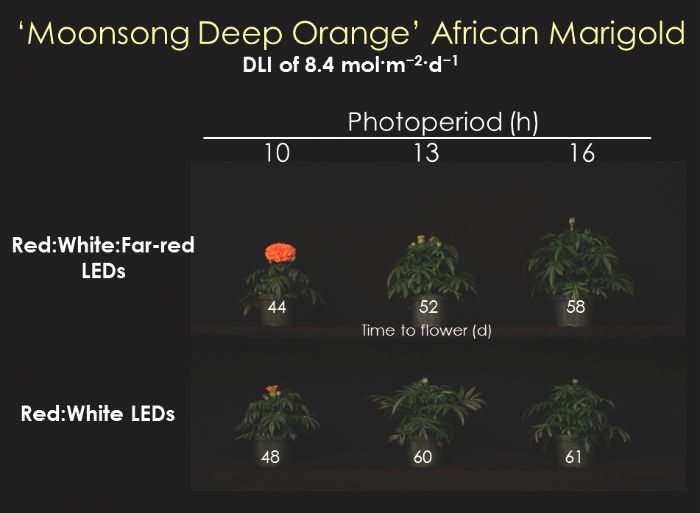
or seven (16-hr photoperiod) hours from light-emitting diodes (LED) providing Red:White:Far-red or Red:White light.
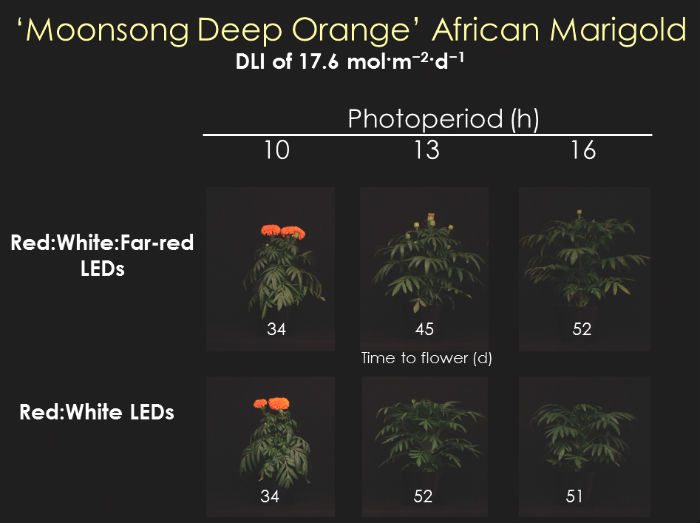
Flowering was often delayed by three to four weeks when an LED providing only R+W light was used to create a 16-hour photoperiod under a low DLI. However, when the DLI was ≥17 mol·m–²·d–¹, flowering of petunia (Figure 2) and snapdragon (Figure 4) was only delayed by 4 or 11 days when DE lighting from an LED providing only R+W light was used to create a 16-hour photoperiod. Additionally, we determined that regardless of DLI, flowering responses of LDPs were similar under all DE photoperiods created with R+W LEDs.
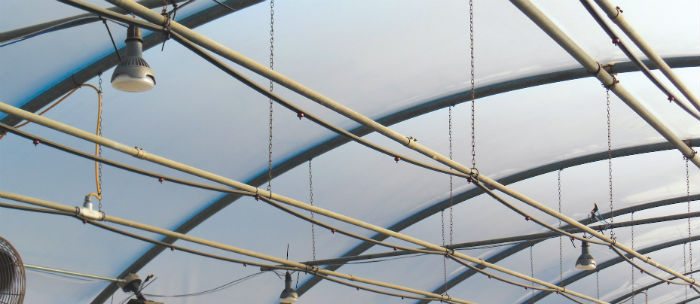
Under a low DLI and 16-hour photoperiod, flowering of the SDP African marigold (Figure 5) was delayed by 14 and 13 days under the R+W+FR and R+W LEDs, respectively. Similarly, under a high DLI and 16-hour photoperiod, flowering was delayed by 18 and 17 days, respectively, under the R+W+FR and R+W LEDs (Figure 6). Flowering of African marigold occurred fastest under a high DLI and a 10-hour SD provided by either LED flowering lamp.
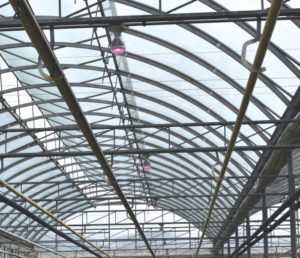
What can we conclude from this study and previous MSU research? Light-emitting diode lamps are as effective as INC lamps at regulating flowering as long as a PPF ≥ 1 μmol·m–²·s–¹ is delivered at plant height. For growers wanting to replace INC or CFL lamps with LEDs for DE or NI photoperiodic lighting, the DLI received by the plants during production can dictate which lamps you select (i.e., light quality). For example, if your greenhouse is located in an area with DLIs ≤10 mol∙m–²∙d–¹ during the winter (i.e., northern latitudes) and for early spring sales, we suggest you replace INC lamps with LEDs providing R+FR light. For areas receiving DLIs ≥12 mol∙m–²∙d–¹ (i.e., southern latitudes) during production and for late spring sales, both LED types tested are effective.
Other considerations are that FR light induces stem elongation as can be seen in Figures 1 to 6. We recommended that growers conduct trials under their greenhouse conditions to see how plants respond to photoperiodic lighting with LEDs before making large-scale changes or investments (Figure 7A and B).








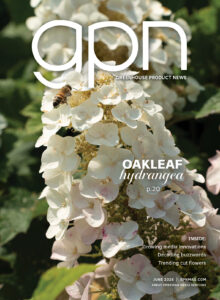
 Video Library
Video Library 